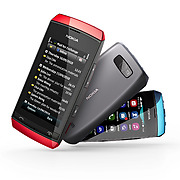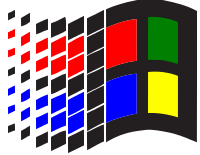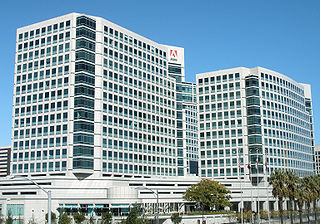FOSS Week in Review
Credit card breach at Target affects over 40 million
Merry Christmas. Your bank account has been drained.
This week’s holiday cheer was marred for millions as they learned that their banking information might be in the hands of hackers.
Target has announced that over 40 million customer credit card transactions have been hijacked since Black Friday. The data was stolen from transactions at the retailer’s brick and mortar stores. Online transactions are evidently not affected. All information contained in a credit card’s magnetic stripe has been compromised, enough information to make counterfeit cards.
The story was originally made public on Wednesday by security expert Brian Krebs on his site KrebsonSecurity. This afternoon, Krebs wrote in an update that information pilfered from Target was making its way to the black market.






 Brazil is already spending big bucks in an effort to make sure that no Internet cable entering their country goes anywhere near the US of A and is working to pass laws to make sure all Brazilian businesses use only servers located in-country. Similar efforts are underway in Europe, most notably in France and Germany.
Brazil is already spending big bucks in an effort to make sure that no Internet cable entering their country goes anywhere near the US of A and is working to pass laws to make sure all Brazilian businesses use only servers located in-country. Similar efforts are underway in Europe, most notably in France and Germany.


